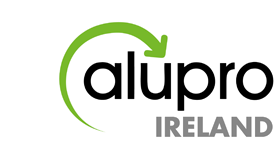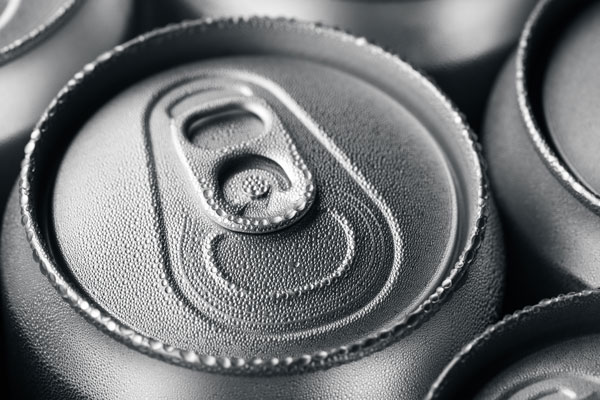The overall recycling rate for aluminium beverage cans in the EU 27 + EFTA countries increased by 2.4% points to a new record level of 68% in 2011. If the collection of cans in the remaining European countries and Turkey is included, this means that more than 25 billion cans are recycled in Europe annually. This represents a total amount of 365,000 tons of recycled aluminium, avoiding 3 million tonnes of greenhouse gas emissions (source: Environmental Profile Report_ April 2013).
The European Aluminium Association (EAA) is confident that the aluminium beverage can recycling rate will further increase towards the voluntary targets set by the industry for 2015 (75%) and 2020 (80%). However, in order to achieve these ambitious levels, it is important for the full value chain involved in the recycling of cans to continue to invest in existing and additional collection and sorting facilities.
Extended producer responsibility schemes should recognize the scrap value of well-sorted aluminium packaging fractions and, together with the local authorities responsible for the collection of various packaging (and household) waste streams, should use modern sorting technologies such as advanced eddy current separators.
Equally important is the role of the consumers, who are willing to sort a limited number of packaging items provided that the various national collection and sorting systems in place are accessible and easy to use. Consistent sorting instructions are instrumental in obtaining less polluted fractions, which can be subsequently easily recycled.
Awareness programmes such as the ‘Every Can Counts’ campaign originally developed by the aluminium industry in conjunction with the can-makers in the UK, but now implemented in 7 other countries, are helpful when it comes to focusing in particular on the need to also collect and recycle the ‘out-of-home’ cans consumed at the workplace and at festivals and sport events.
In view of the upcoming revision of the EU Packaging and Packaging Waste Directive, the EAA stresses the need for more ambitious household packaging recycling goals, including the gradual phasing-out of landfill of all recyclables such as aluminium (and other metal) packaging. Additional recovery of metals from the bottom ashes of waste incinerators are a useful but ‘second best’ option. Preference should be given to separate collection of the metal packaging fraction.
EAA urges the authorities to improve the transparency of national and European packaging recovery data, and recommends that actual recycling be reported (instead of collection for recycling).
Aluminium beverage cans are a valuable material resource and can be recycled endlessly, not only into new beverage cans, but also into other end-use products such as bicycles, engine blocks for cars or building parts. Each tonne of recycled aluminium saves up to 95% of the energy used to produce the same amount of primary aluminium.
Together with its partners in Metal Packaging Europe (MPE), EAA agreed to have its annual aluminium beverage can recycling data reviewed by Eunomia, an independent consultancy group. Their report can be obtained by clicking here. The annex provides a detailed overview of can recycling rates by country.
ENDS
About the European Aluminium Association:
The European Aluminium Association, founded in 1981, represents the European aluminium industry from alumina and primary production to semi-finished and end-use products, through to recycling. The European aluminium industry directly employs about 255,000 people and yields an annual turnover of 36.8 billion €. For information, please visit www.alueurope.eu
For further information, please contact:
Maarten G. Labberton, Director Packaging Group
Tel +32 494 515858, e-mail: Labberton@eaa.be
Erich Cuaz, Public Affairs and Communication Director
Tel +32 (0)2 775 63 59, Email cuaz@eaa.be


Got a question or comment?
Contact Us